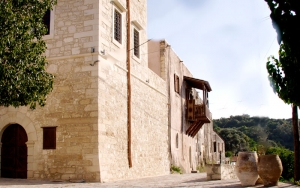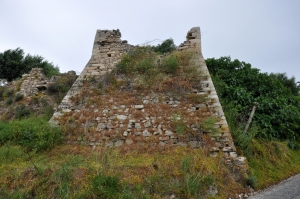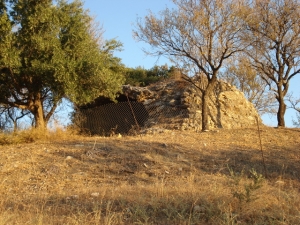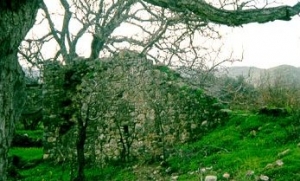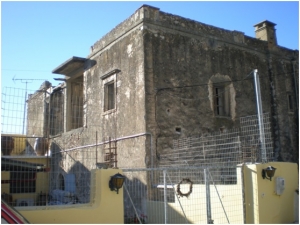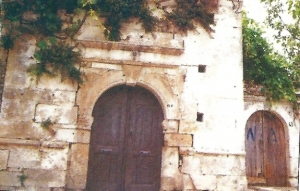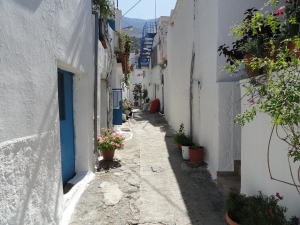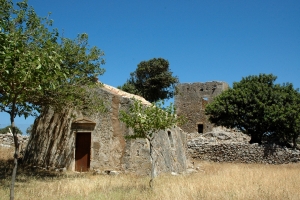Episkopi village is located in Mylopotamos provice, near Perama. There lived the Cretan-Turkish family of Kerimides (Kerimoglou) or Kyrimides. They built this tower there, so as to protect their property.
The tower was first mentioned in a document of 1226 and still stands in very bad condition. It could accommodate 150 people and had a fortified enclosure. It construction reveals its Venetian origins, but it was also used by the Turks.
Inside the Kritsa village, at position Ambela, we meet the ruins of a small medieval tower with one arch still standing. Apparently the tower was used for overseeing the crops of the region, but also for controlling the passage to Kritsa.
Several towers were built in other areas of the prefecture of Heraklion. In Panasos, in the Turkish neighborhood located 500m southeast of the village, there was a tower, which was used by the Turks during the great revolution of 1821.
At the village Apodoulou, in Amari Province, there is a very well preserved building, that locals call Frankish Konak. This mansion was built by Lord John Hane, after 1829.
At St. John (Agios Ioannis) in Mylopotamos province, located 40km southeast of Rethymnon there is a Venetian house, called “Mansion” that belonged to a Venetian nobleman, who was Islamized during the first years of the Ottoman rule.
In the village Akoumia in Agios Vasilios province, which is perched on the northern slopes of Mount Asiderotas, there are the ruins of a Turkish tower, although locals believe that it was Venetian.











